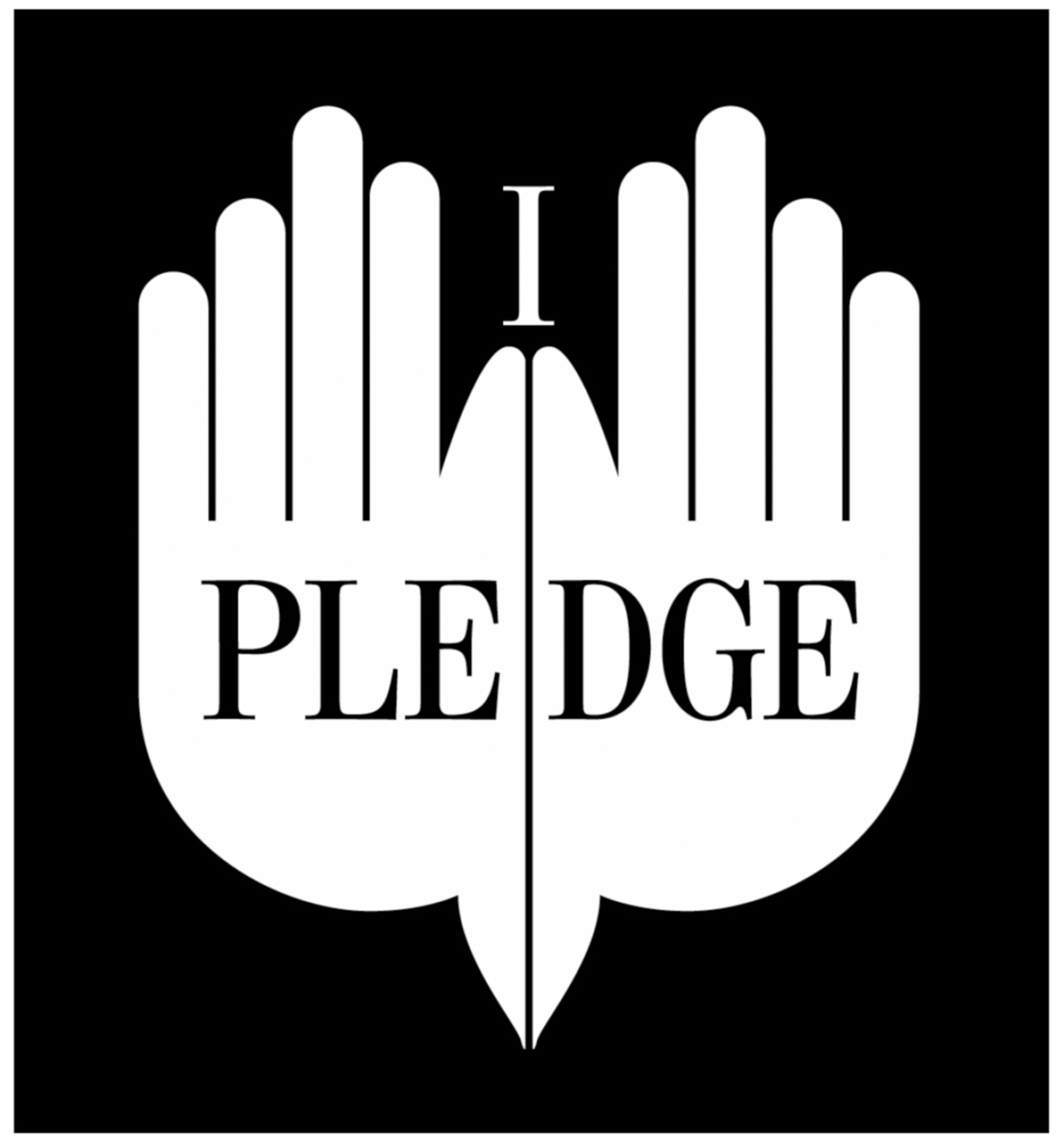The Tipping Point
Malcolm Gladwell, The Tipping Point: How Little Things Can Make a Big Difference, Little, Brown and Company, 2002.
Reviewed by Drew Meyers
Gladwell discusses the potential of small, seemingly insignificant events or ideas to bring about sudden and extensive change. He calls this idea the "Tipping Point," which is the "name given to that one dramatic moment in an epidemic when everything can change all at once…" Although we tend to think of contagiousness and epidemics only in biological terms, Gladwell argues that epidemics often take the form of social trends - both for good and for ill.
To explain the nature of the Tipping Point, Gladwell outlines several "principles of epidemic transmission." Individuals and groups can be important in this transmission, according to Gladwell, as is the power of peer pressure. "…once we're part of a group, we're all susceptible to peer pressure and social norms…"The Tipping Point illustrates how both consumer products and ideas, both good ones and bad, can quickly become popular.
[It was a belief in this same phenomenon, even before The Tipping Point gave us this useful phrase, that gave rise to the Student Pledge Against Gun Violence. Organizers of this youth anti-gun violence campaign believed that just as vaccinations have a multiplication effect that goes beyond those who receive them, so too can the young people involved in taking the Pledge have an influence on the health and safety of their peers, even beyond those who take part directly. With vaccinations, each protected person provides one less source for contagion from a serious disease. With the Student Pledge, each young person who pledges to be part of reversing the culture of gun violence in this country becomes one fewer "carrier" of the deadly virus of violence.
The vaccination analogy helps answer the question sometimes raised about why we should introduce the Pledge Against Gun Violence even to kids who would never think of solving a personal dispute or problem with a gun. The answer is that we give vaccinations to those who are healthy in order to keep them from becoming sick - not to those who are already sick. Organizers of the Student Pledge have believed from its inception that the accumulation of good decisions taken by young people taking a stand against gun violence can reach a critical mass - a "tipping point" of no return, after which a whole generation will be empowered to see themselves as effective agents of change.]
Gladwell points to imitation as one explanation for the wave of school shootings that have plagued our country in recent years. Students menacing their peers have been referred to as "doing a Columbine." Prevention efforts such as the Student Pledge have the cumulative effect of millions of students deciding just the reverse - to be part of the generation that ends gun violence. "In the end," Gladwell concludes, "Tipping Points are a reaffirmation of the potential for change and the power of intelligent action."

